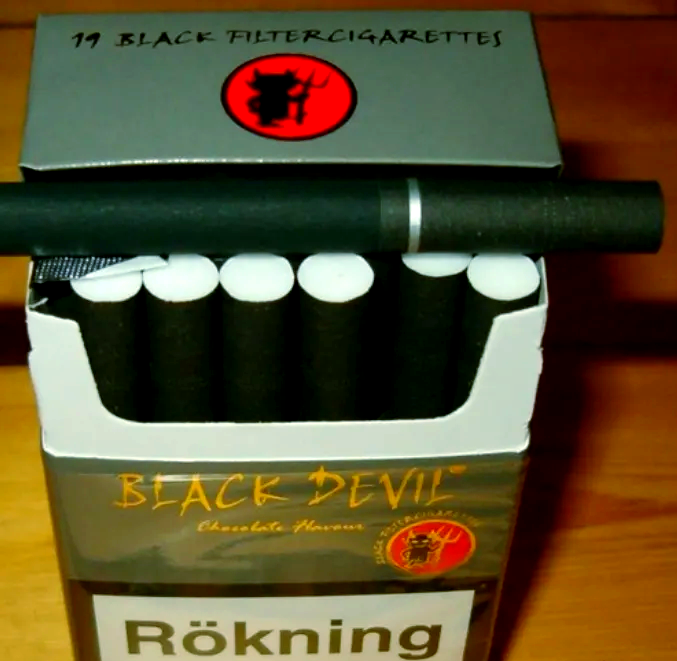Title: The Unseen Toll: How Smoking Diminishes Skin Hypopigmented Spot Definition
The discourse surrounding smoking and skin health has predominantly focused on its role in accelerating aging, promoting wrinkles, and causing a sallow complexion. However, a more nuanced and less explored consequence lies in its impact on skin pigmentation, specifically its detrimental effect on the clarity and definition of hypopigmented spots. While often overshadowed by hyperpigmentation, hypopigmentation—areas where the skin loses its natural color—is a critical component of an even, radiant skin tone. Emerging evidence suggests that smoking actively undermines skin integrity, leading to a reduction in the visual definition of these spots and contributing to an overall dull, uneven complexion through a multifaceted assault on cellular health.
Understanding Hypopigmentation and Skin Tone Contrast
Hypopigmented spots, such as those from past acne (post-inflammatory hypopigmentation), vitiligo, or idiopathic guttate hypomelanosis (small white spots often on sun-exposed limbs), are defined by their contrast against the surrounding, normally pigmented skin. The visual perception of these spots relies on this contrast. The sharper the demarcation and the healthier the surrounding skin, the more defined these spots appear. Conversely, when the overall skin quality deteriorates, becoming dull, discolored, and uneven, the contrast diminishes. The hypopigmented areas begin to blend into a backdrop of generally lackluster skin, losing their distinct borders and making the overall complexion appear muddled and unhealthy. Smoking is a primary driver of this very degradation.
The Chemical Onslaught: Vasoconstriction and Nutrient Deprivation
The journey of a cigarette’s smoke delivers over 7,000 chemicals, including nicotine, carbon monoxide, and tar, directly into the bloodstream. Nicotine, a potent vasoconstrictor, causes the tiny capillaries that supply blood to the skin to narrow significantly. This chronic vasoconstriction drastically reduces blood flow to the skin’s outer layers, the epidermis and dermis. With diminished blood flow comes a critical shortage of essential nutrients and oxygen. Skin cells, particularly melanocytes (the cells responsible for producing melanin pigment), are highly metabolic and require a steady supply of vitamins A and C, oxygen, and other nutrients to function optimally. This state of nutrient deprivation impairs the health and vitality of the normally pigmented skin surrounding hypopigmented areas. It becomes unable to maintain its robust color, fading towards a pale, greyish tone that closes the visual gap with the hypopigmented spots, thereby reducing their definition.
Oxidative Stress: The Attack on Melanocytes and Collagen
Beyond starvation, smoking inundates the skin with an overwhelming number of free radicals, creating a state of severe oxidative stress. These unstable molecules damage cellular structures, including DNA, proteins, and lipids. For melanocytes, this damage can be catastrophic. It can disrupt the intricate process of melanogenesis (melanin production), further compromising the pigment-producing capability of the skin surrounding hypopigmented spots. The oxidative damage also targets the skin’s structural foundation. Free radicals break down collagen and elastin fibers, the proteins responsible for skin’s firmness and elasticity. This leads to skin thinning and a change in skin texture. Thinner, atrophic skin has a different light-reflective property than plump, healthy skin, contributing to an overall uneven tone and further blurring the lines between pigmented and non-pigmented areas.
The Role of Vitamin C Depletion
Vitamin C is a powerhouse antioxidant crucial for skin health. It is vital for collagen synthesis and, importantly, plays a key role in protecting melanocytes from oxidative damage and in regulating melanin production. Smoking dramatically depletes the body’s stores of Vitamin C. The body utilizes its antioxidant reserves to combat the free radicals from smoke, leaving the skin defenseless. This double blow—losing a critical antioxidant and a key player in collagen production—accelerates the aging process and impairs the skin’s ability to maintain an even, well-defined tone. The depletion of Vitamin C ensures that the damage from oxidative stress is more profound and less repaired, directly contributing to the dulling of the skin’s background pigmentation.
Changes in Skin Texture and Surface Light Reflection

The cumulative damage from vasoconstriction, nutrient deprivation, and oxidative stress alters the very topography of the skin. Smoking leads to increased dryness, roughness, and the formation of fine wrinkles. This altered surface scatters light irregularly instead of reflecting it evenly, which is a hallmark of glowing skin. This irregular light reflection creates shadows and highlights that can mask the precise borders of hypopigmented spots. A defined hypopigmented macule on smooth, hydrated skin is visually clear. The same spot on a dry, wrinkled, and texturally irregular surface loses its sharp edge, appearing softer and less distinct as it becomes just one part of a complex landscape of imperfections.
Conclusion: An Overall Dulling Effect
In conclusion, smoking does not directly cause hypopigmentation in the same way it causes yellowing of the fingers or wrinkles. Instead, its effect is more insidious and holistic. By systematically degrading overall skin health through impaired circulation, massive oxidative stress, nutrient depletion, and structural damage, smoking creates a canvas of dull, discolored, and texturally compromised skin. On this degraded canvas, the contrast that defines hypopigmented spots is significantly reduced. They lose their sharpness and become absorbed into a generalized pallor and unevenness. The pursuit of defined, healthy skin is not just about targeting dark spots but also about preserving the vitality of the entire skin ecosystem. Quitting smoking, therefore, emerges as a fundamental step not only for general health but for restoring skin’s natural vitality, allowing for a clearer, more radiant, and more defined complexion from the inside out.









